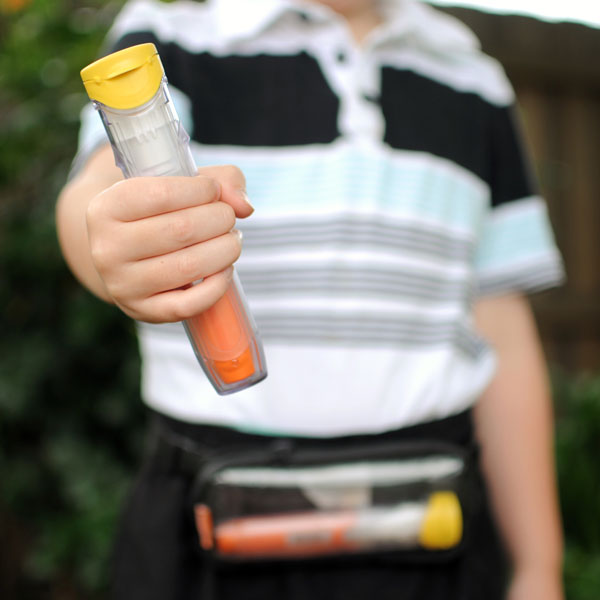Anaphylaxis
What Causes Anaphylactic Shock?
Your immune system is filled with antibodies to defend the body against harmful foreign substances. Most of the time, these antibodies are helpful in fighting off things like a bacteria or virus, but sometimes the body overreacts to substances and causes an extreme reaction known as anaphylaxis. During anaphylaxis, the body releases chemicals that cause dangerous allergy symptoms to arise, and if not treated properly, it can be fatal.
Certain people are more at-risk for going into anaphylactic shock for multiple reasons, including having asthma or allergies or a family history of anaphylactic shock. If you’ve ever experienced it before, the risk of a repeat shock increases.
How to Treat Anaphylaxis
Treatment of anaphylactic shock includes the immediate injection of epinephrine, or EpiPen, and a trip to the emergency room or hospital. Remember, the injection and treatment should happen immediately after signs of shock are noticed.
Langford Allergy helps with diagnosing the cause of the extreme reaction, forming a treatment plan, practicing administering the EpiPen in the correct manner, as well as schedule follow-ups for continued support and guidance.

Manage Your Risk of Anaphylaxis. Call 478-787-4728 to Make an Appointment!
Signs You’re in Anaphylactic Shock
- Airways narrow, blocking breathing
- Blood pressure drops
- Dizziness or fainting
- Nausea and vomiting
- Rapid, weak pulse
- Skin rash like hives or itchy, pale or flushed skin
If any of these anaphylaxis symptoms occur, call 911 immediately.
Common Anaphylaxis Triggers
For some people, allergens induce a more extreme reaction in the body that’s extremely dangerous to leave undiagnosed and untreated. Some common triggers include:
- Medications
- Stinging insects
- Latex
- Exercising
